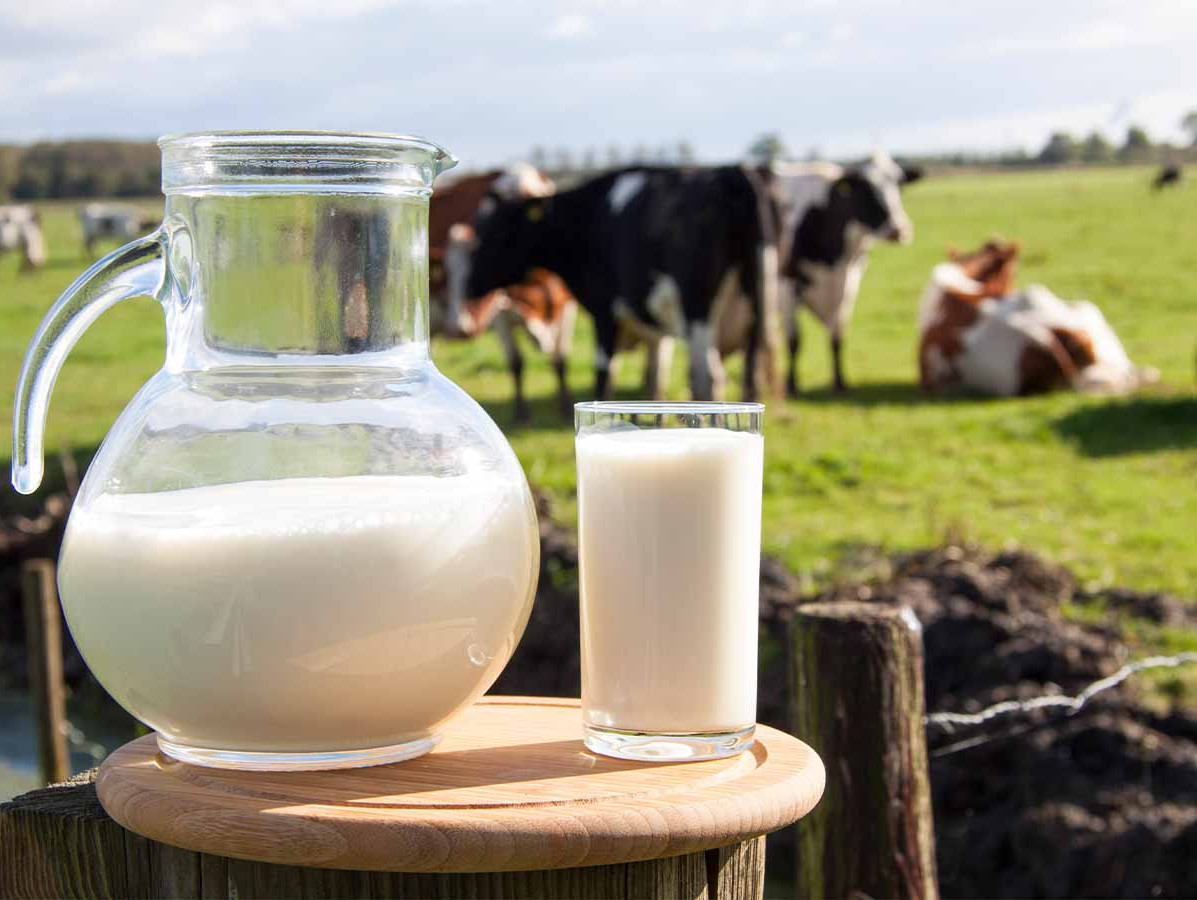
Wageningen University & Research (WUR) is joining forces with Unilever's Ben & Jerry's, Cono Kaasmakers and Nestlé's Vreugdenhil Dairy Foods in a bold mission: a 50% lower carbon footprint of milk by 2030. The new partnership called "Low Carbon Dairy" is developing innovative strategies and plans for different dairy farms. This partnership aims for a sustainable future and economic prosperity in the dairy sector.
Cooperation in the chain is crucial, as not only dairy farmers, but also suppliers and other parties can contribute to reducing the carbon footprint. In the collaboration, the dairy chains are working together with compound feed companies (Agrifirm, ForFarmers and De Heus), Duynie (supplier of co-products), Lely (supplier of robots and data systems for dairy farms) and Rabobank. Both dairy chains are already working with groups of dairy farmers to draw up reduction plans, with support from PPP Agro Advies.
The project focuses on questions such as what measures can be taken to achieve a 50% reduction, how individual business plans can be drawn up and how the implementation and progress of the plans can be supported. It also looks at the economic and sustainability implications of a 50% reduction for different business types. The ultimate goal is to develop an approach and associated tools that enable large-scale implementation.
Although the dairy chains share the same goal, they sometimes take different approaches. Both chains have already started working with groups of dairy farmers in 2022 to draw up and implement reduction plans. The plans include measures such as ration adjustments, the use of grass/clover mixtures and manure fermentation. In addition, innovations are tested and integrated into the plans. The pilot farms are on different soil types and working with different strategies, allowing learning which measures work best in different situations.
The main focus of the research in the first year is to develop an approach to plan development and progress monitoring, to further develop the mitigation engine (a tool to select measures based on farm-specific data) and to compile facts in fact sheets related to greenhouse gas emissions in dairy farming. The goal is to provide practical and accessible information on new mitigation measures and carbon sequestration opportunities.
Source: WUR